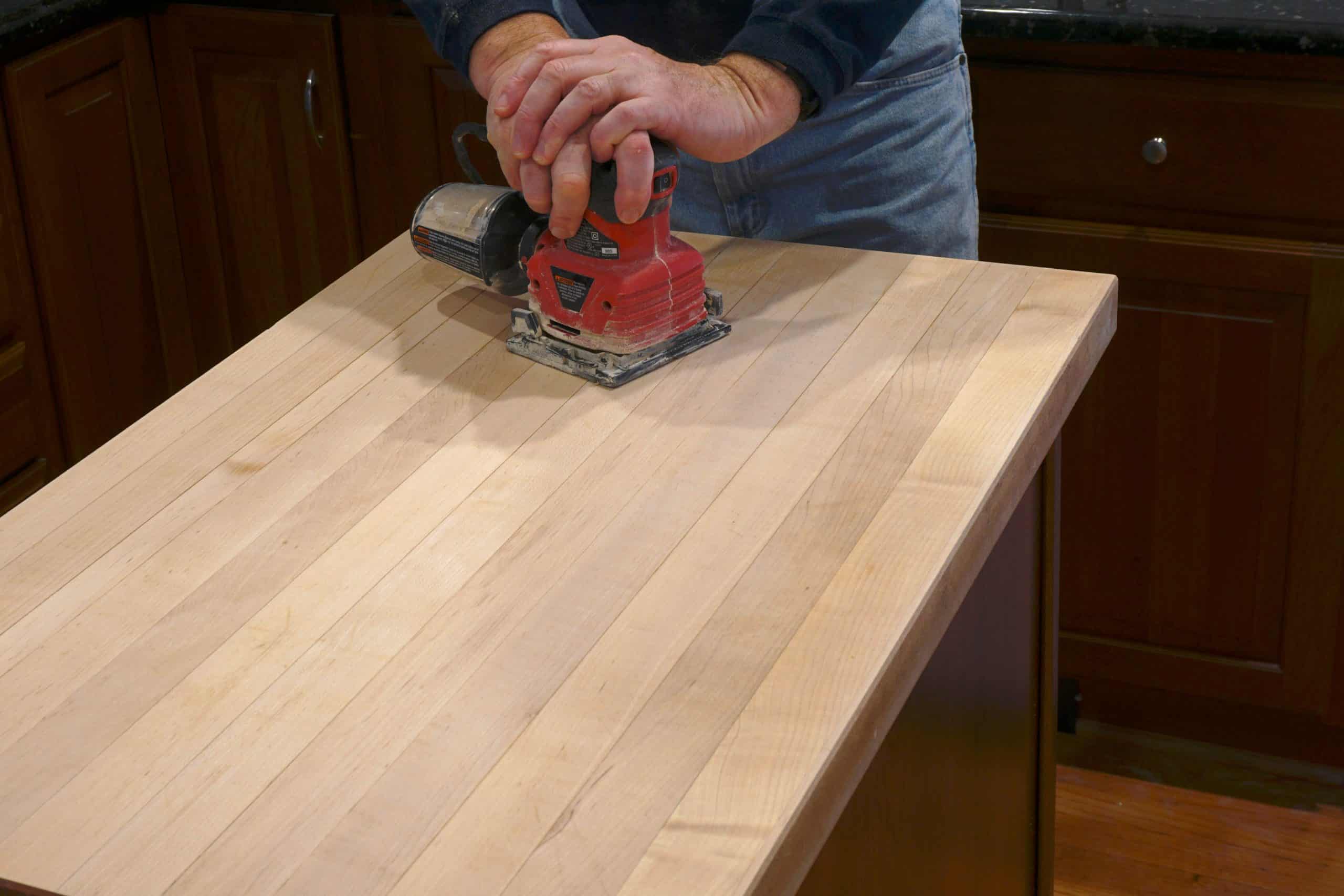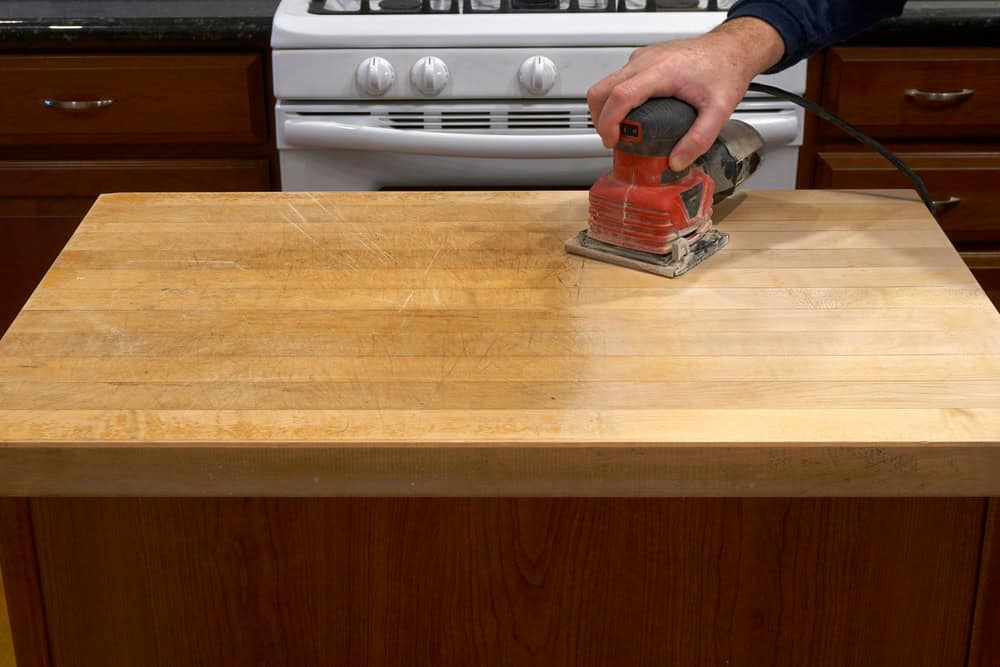Tired of staring at worn-out countertops? Countertop refinishing in East Harlem, NY is your solution. We effectively eliminate those unsightly cuts, spills, nicks, and stains by revitalizing your surfaces. Diamond Stone Restoration Corp can rejuvenate your kitchen or bathroom with our specialized methods.

Hear from Our Customers

At Diamond Stone Restoration Corp, we’re deeply rooted in New York City. We understand the specific challenges homeowners face in this area, like the effects of humidity and temperature fluctuations on countertops. Our team of skilled artisans specializes in countertop resurfacing, using only the finest materials, such as high-grade epoxy resins and specialized pigments, and proven techniques to guarantee lasting beauty and resilience. We’re not just applying a coating; we’re restoring the integrity of your surfaces.


Ready to get started?
Countertop refinishing is a smart investment that goes beyond aesthetics. By fixing cuts, spills, nicks, and stains, you’re not just improving the look of your space, you’re also protecting the underlying material and extending the life of your countertops. Diamond Stone Restoration Corp uses advanced techniques, including color matching and specialized sealants, to give you a finish that rivals new countertops. Ready to transform your kitchen or bathroom? Contact us today for a free consultation and discover the Diamond Stone Restoration Corp difference in East Harlem, NY.

The area which became East Harlem was rural for most of the 19th century, but residential settlements northeast of Third Avenue and East 110th Street had developed by the 1860s. The construction of the elevated transit line to Harlem in 1879 and 1880, and the building of the Lexington Avenue subway in 1919, urbanized the area, precipitating the construction of apartment buildings and brownstones. The extension of cable cars up Lexington Avenue into East Harlem was stymied by the incline created by Duffy’s Hill at 103rd Street, one of the steepest grades in Manhattan. East Harlem was first populated by poor German, Irish, Scandinavian, and Eastern European Jewish immigrants, with the Jewish population standing at 90,000 around 1917. In the 1870s, Italian immigrants joined the mix after a contractor building trolley tracks on First Avenue imported Italian laborers as strikebreakers. The workers’ shantytown along the East River at 106th Street was the beginning of an Italian neighborhood, with 4,000 having arrived by the mid-1880s. As more immigrants arrived, it expanded north to East 115th Street and west to Third Avenue.
East Harlem consisted of pockets of ethnically sorted settlements – Italian, German, Irish, and Jewish – which were beginning to press up against each other, with the spaces still between them occupied by “gasworks, stockyards and tar and garbage dumps”. In 1895, the Union Settlement Association, one of the oldest settlement houses in New York City, began providing services in the area, offering the immigrant and low-income residents a range of community-based programs, including boys and girls clubs, a sewing school and adult education classes.
Southern Italians and Sicilians, with a moderate number of Northern Italians, soon predominated, especially in the area east of Lexington Avenue between 96th and 116th Streets and east of Madison Avenue between 116th and 125th Streets, with each street featuring people from different regions of Italy. The neighborhood became known as “Italian Harlem”, the Italian American hub of Manhattan; it was the first part of Manhattan to be referred to as “Little Italy”. The first Italians arrived in East Harlem in 1878, from Polla in the province of Salerno, and settled in the vicinity of 115th Street.
Learn more about East Harlem.Local Resources
Useful Links
Ready To Restore The Beauty Inside Your Stone?
Contact us today!
Diamond Stone Restorations Corp
Company
Support
Useful Links